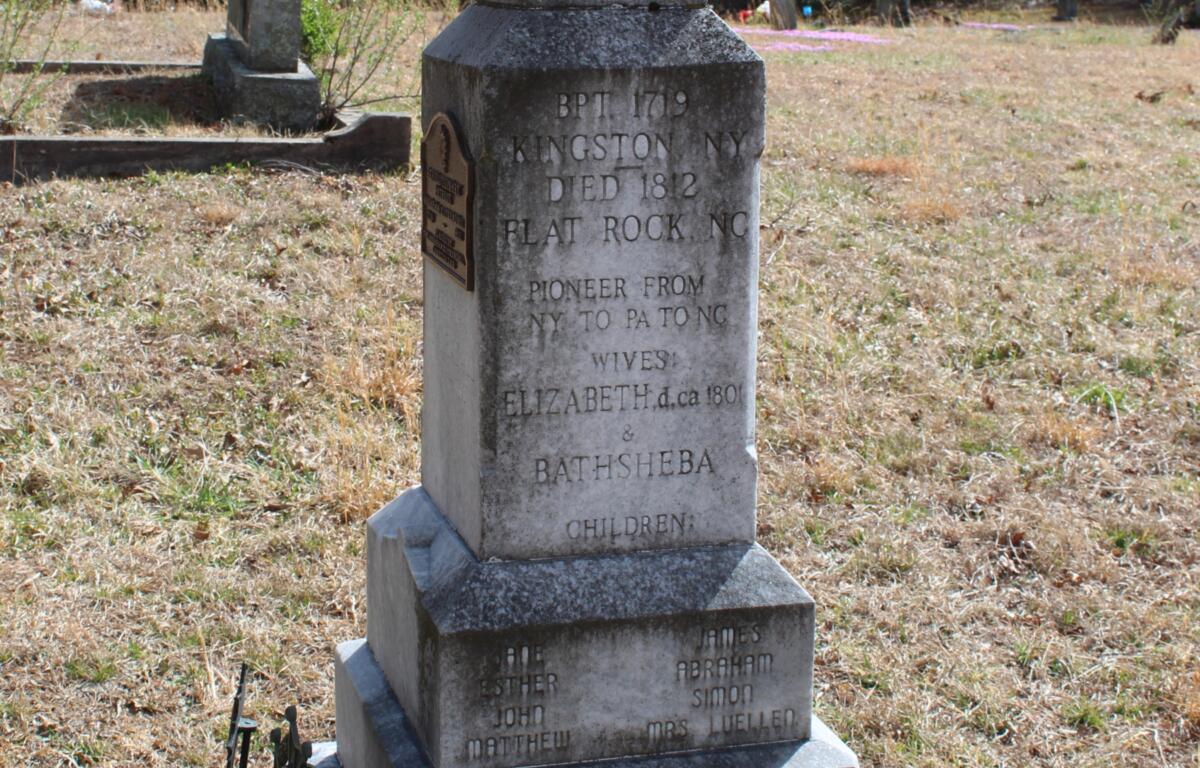EDITOR’S NOTE: Western North Carolina is weird – and it always has been. From Cherokee myths to Bigfoot and alien encounters, the Blue Ridge Mountains host the quirky and bizarre from past and present. We would not have it any other way, and neither would you. Join us in unfolding the histories and unraveling the mysteries of this strange land we call home.
___
The legend of Kuykendall’s gold and silver
Capt. Abraham Kuykendall (1719-1812) was a significant figure in the settlement and development of Western North Carolina. He moved to Henderson County in the late eighteenth century, around the 1790’s.
Kuykendall is said to have amassed considerable wealth. He owned a tavern, an inn, a grist mill and a meeting house or church. Travelers were required to pay in gold or silver coins for his services.
However, his legacy is more complicated than just his wealth. Kuykendall and his first wife, Elizabeth, were married for 55 years before she passed away. His second wife, Bathsheba, was reportedly young, beautiful and fond of shopping. Some stories suggest his desire to hide his money was influenced by her. Other accounts claim he buried his wealth to protect it from thieves or attackers.
One of the most consistent aspects of the legend states Kuykendall placed his coins in an iron wash pot and had two blindfolded slaves carry it through the forest. They are said to have buried the pot under a large white oak before being blindfolded again for their return journey.
One version of the story says Kuykendall set out one day to retrieve some of his money for a business deal but never returned. A search party found him dead, lying face down in Pheasant Branch. It is believed he tripped or stumbled while trying to cross the branch, likely hitting his head. Either badly dazed or unconscious, he rolled into the stream and drowned.
Another version claims Kuykendall intended to retrieve the money later but either lost track of where he buried the pot or passed away before he could recover it.
Stories of the hidden coins have been passed down through generations. Some believe the treasure is buried near Kuykendall’s old homestead or along a wooded trail. Others have searched the banks of Pheasant Branch, where he was found.
The legend also includes ghostly tales of an old man seen frantically digging near Pheasant Branch, mysterious lights in the woods, a ghostly figure on a wagon and even a headless horseman.
According to a 2007 story on Treasurenet.com, Kuykendall’s pot of coins could be worth about $5 million — more if any rare coins are found.
Kuykendall was buried somewhere near his home on his land in Flat Rock, but the location is not known. The Abraham Kuykendall Chapter of the Daughters of the American Revolution, along with members of the Kuykendall, placed a marker in his honor at Mud Creek Baptist Church Cemetery in 2000.







